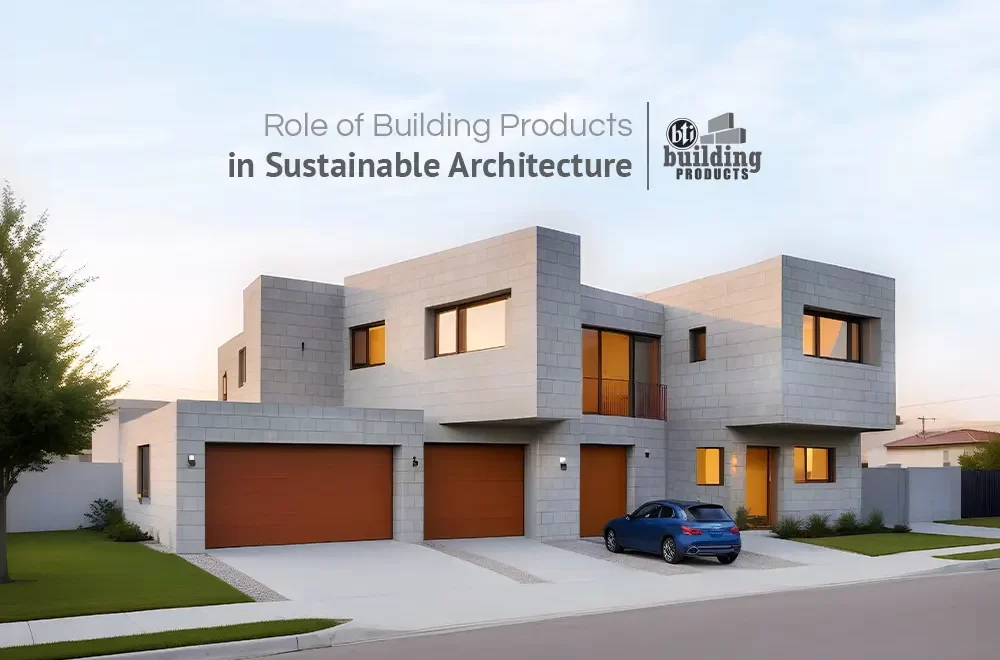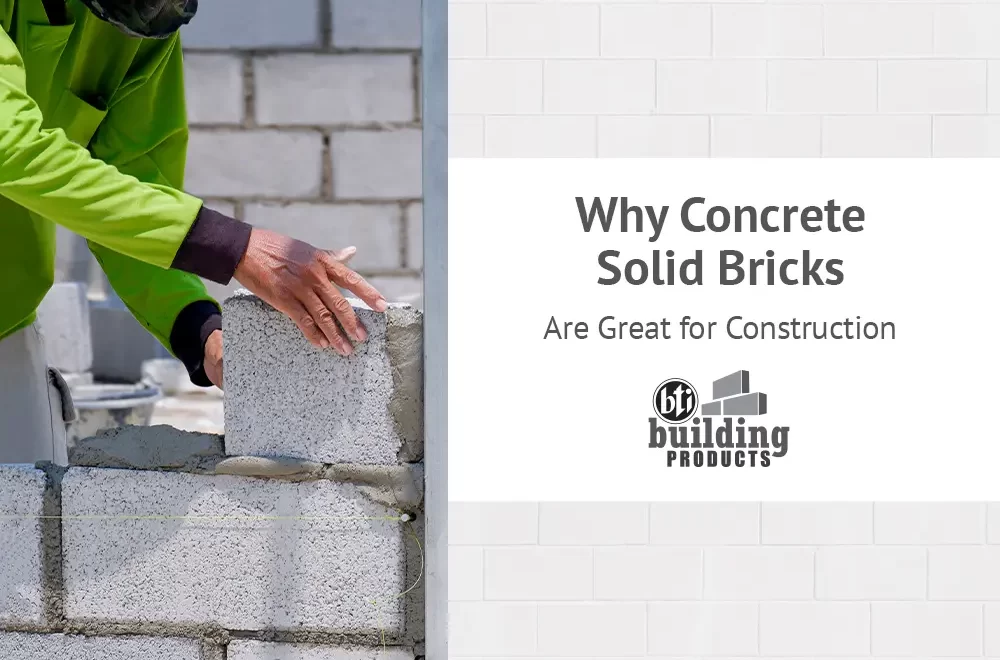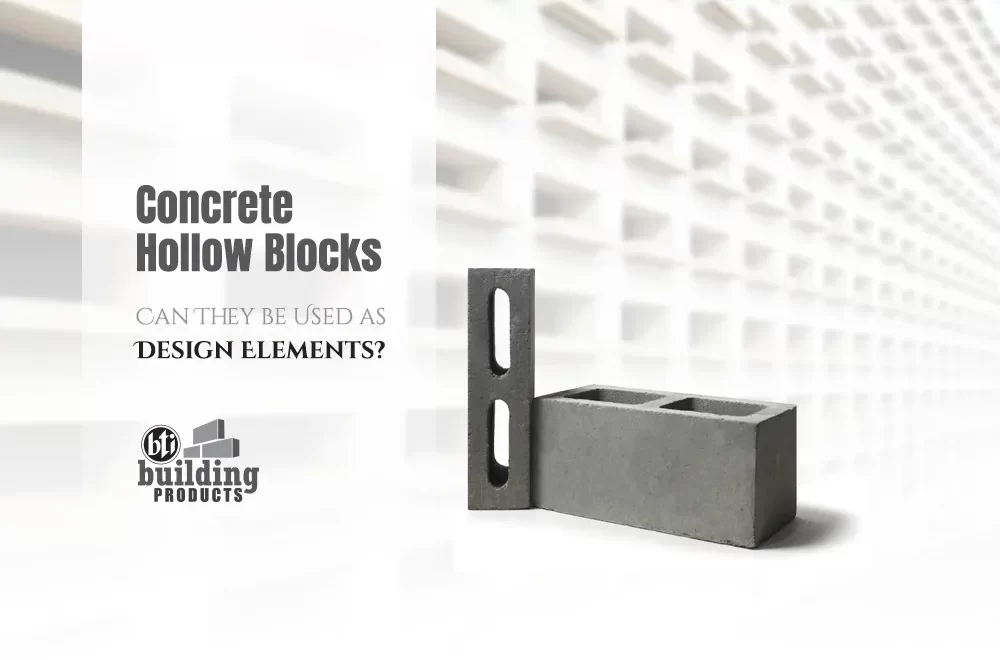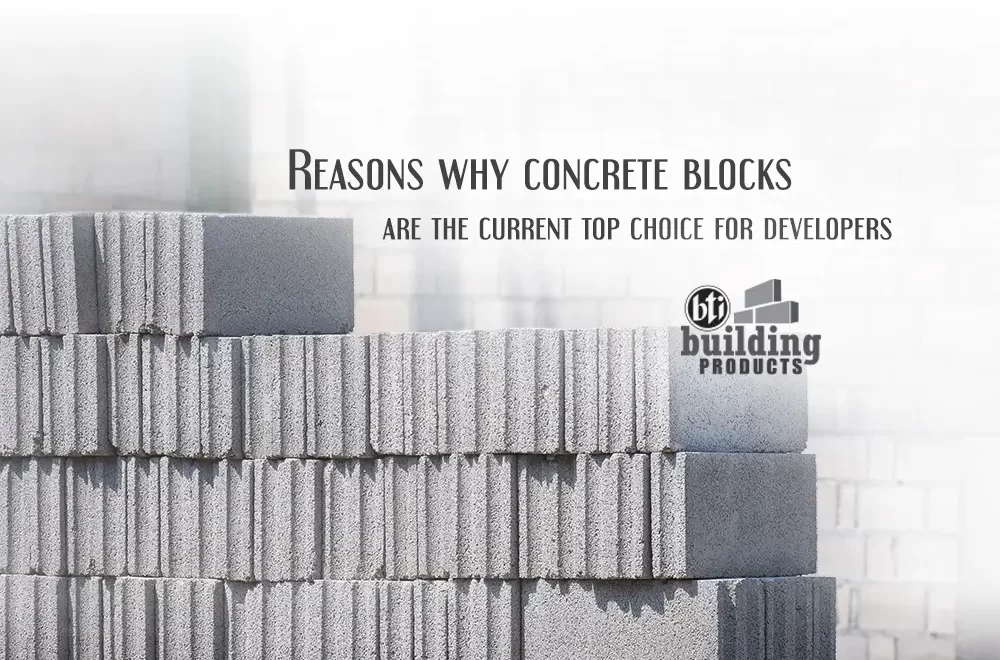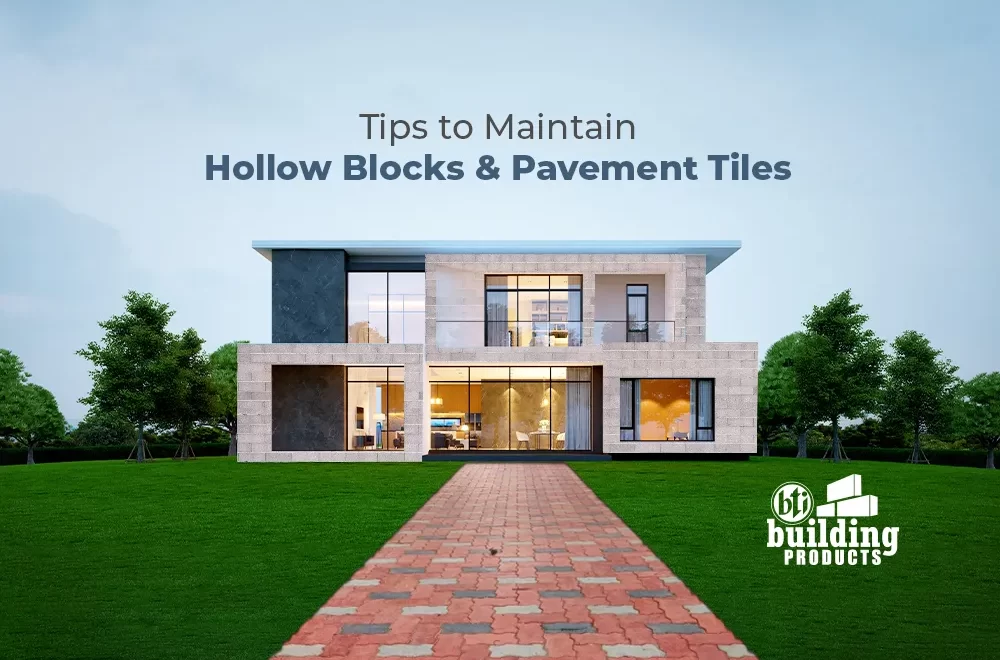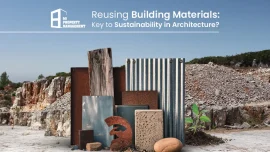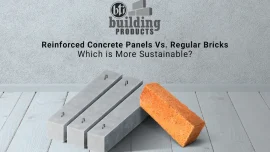Why Building Products Are Crucial for Sustainable Architecture
In an era where environmental consciousness is at the forefront of global discussions, sustainable architecture has emerged as a pivotal solution to combat the pressing issues of climate change and resource depletion. Central to the success of sustainable architecture is the selection and use of building products. These materials play a crucial role in determining the environmental impact, energy efficiency, and overall sustainability of construction projects. Here’s a detailed look at why building products are essential for sustainable architecture.
Reducing Environmental Impact
The selection of building products plays a crucial role in shaping the environmental impact of a construction endeavor. Sustainable architecture strives to mitigate the consumption of natural resources and lessen waste and pollution. Opting for eco-friendly materials like reclaimed wood, recycled metal, and sustainable concrete can greatly diminish the project’s environmental footprint. Such materials typically demand lower energy input during production and lead to reduced emissions in comparison to traditional alternatives.
Example: Bamboo
Bamboo serves as an exemplary illustration of a sustainable construction material. It exhibits rapid growth, demands minimal water, and can be harvested without contributing to deforestation. By incorporating bamboo in building projects, we can diminish our dependence on conventional timber, thereby safeguarding forests and biodiversity.
Enhancing Energy Efficiency
Sustainable architecture relies heavily on energy efficiency. By utilizing appropriate building materials, such as insulation, energy-efficient windows, and reflective roofing, the thermal performance of buildings can be improved, ultimately decreasing the reliance on artificial heating and cooling systems.
Example: Insulated Concrete Forms (ICFs)
ICFs, such as concrete hollow blocks, offer a superior option for enhancing energy efficiency. These structures offer top-notch insulation in contrast to conventional construction techniques, leading to a decrease in the energy needed to uphold pleasant indoor temperatures. Consequently, this leads to decreased utility expenses and a reduction in greenhouse gas emissions.
Improving Indoor Air Quality
The choice of construction materials significantly influences indoor air quality, a crucial element of sustainable architecture. Numerous traditional building products emit volatile organic compounds (VOCs) and other detrimental substances into the atmosphere, leading to indoor pollution.
Example: Low-VOC Paints and Finishes
Low-VOC paints and finishes have been specifically formulated to reduce the emission of harmful fumes, promoting a healthier indoor atmosphere. Utilizing such products enables architects to craft environments that are both eco-friendly and beneficial to the health of those within.
Promoting Resource Efficiency
Sustainable architecture aims to optimize the utilization of resources. By creating long-lasting building materials that demand minimal upkeep, the lifespan of structures can be prolonged, thereby minimizing the necessity for frequent repairs and replacements.
Example: Recycled Steel
Reprocessed steel is a long-lasting and eco-friendly construction material. It is suitable for a range of structural uses and has a significantly reduced environmental footprint compared to manufacturing fresh steel. Moreover, the recyclable nature of steel allows for its reuse once a building reaches the end of its lifespan, encouraging a circular economy.
Supporting Sustainable Certifications and Standards
The adoption of eco-friendly practices is often encouraged through the requirement of sustainable building products to obtain green building certifications like LEED (Leadership in Energy and Environmental Design) and BREEAM (Building Research Establishment Environmental Assessment Method). These certifications serve as a framework for evaluating the sustainability of buildings.
Example: LEED Certification
To achieve LEED certification, buildings are required to fulfill certain criteria pertaining to energy efficiency, water consumption, indoor air quality, and material selection. By utilizing certified sustainable building products, projects can accumulate points towards attaining these certifications, showcasing a dedication to sustainability.
Innovating for the Future
Sustainable building products are instrumental in fostering innovation within the construction sector. Ongoing advancements in materials and technologies are aimed at enhancing sustainability, resulting in improved performance, cost-effectiveness, and environmental advantages.
Example: Green Concrete
Green concrete is a revolutionary construction material that incorporates industrial by-products like fly ash, slag, and recycled concrete aggregates. By minimizing the reliance on Portland cement, which is a major contributor to CO2 emissions, green concrete paves the way for more sustainable construction methods. This symbolizes a significant advancement in the field of eco-friendly building practices.
Sustainable architecture relies on the utilization of building products as its foundation. The choices made in selecting and utilizing these products have a direct influence on the environmental, economic, and social aspects of sustainability. By giving priority to materials that are eco-friendly, energy-efficient, and resource-efficient, architects and builders can construct buildings that not only fulfill present requirements but also safeguard the planet for future generations. Sustainable building products are not merely a passing trend; they are an essential element of the worldwide effort to create a more sustainable and resilient built environment.


